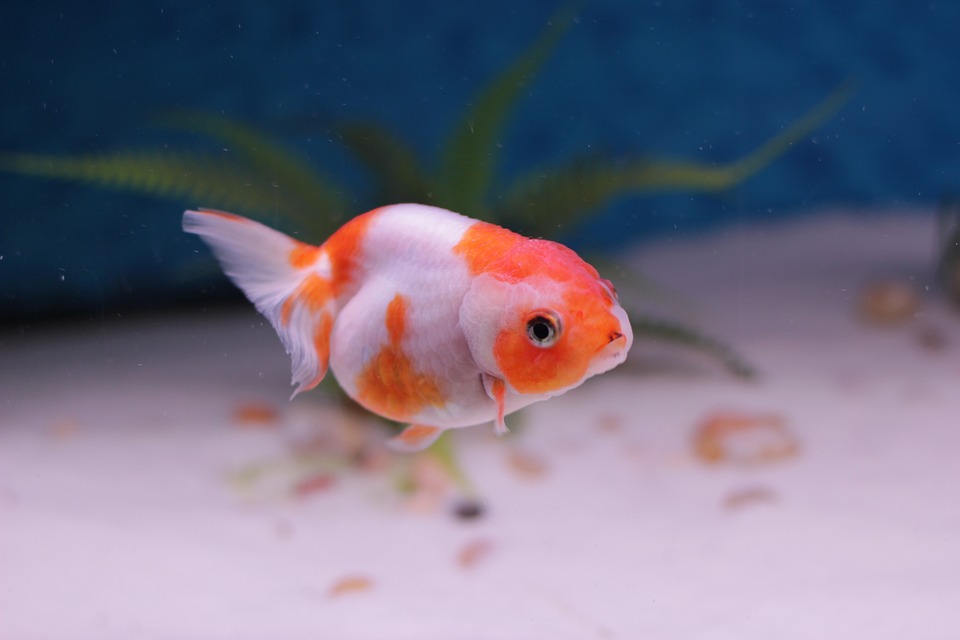Swim bladder disorder is a common health issue that affects many fish species kept in aquariums. This disorder can cause fish to experience difficulties with buoyancy and swimming, leading to significant discomfort and potential health complications. In this comprehensive guide, we will explore the causes, symptoms, and effective remedies for swim bladder disorder in fish tanks. Additionally, we will address frequently asked questions to provide you with a holistic understanding of this condition.
Understanding Swim Bladder Disorder:
Swim bladder disorder, also known as swim bladder disease, is a condition that affects the swim bladder, an organ responsible for controlling a fish’s buoyancy. When the swim bladder becomes compromised, fish may experience difficulties with maintaining their desired position in the water column. This can lead to floating, sinking, or swimming in an abnormal manner.
Causes of Swim Bladder Disorder:
There are several factors that can contribute to the development of swim bladder disorder in fish tanks. Some common causes include overfeeding, improper diet, poor water quality, genetic predisposition, physical trauma, and bacterial or parasitic infections. Understanding the underlying cause of swim bladder disorder is crucial for implementing effective remedies.
Symptoms of Swim Bladder Disorder:
Fish with swim bladder disorder may exhibit various symptoms, including floating on the water’s surface, sinking to the bottom of the tank, swimming upside down, tilting to one side, or struggling to maintain balance. In severe cases, fish may also display signs of distress, such as loss of appetite, lethargy, or difficulty breathing.
Prevention and Maintenance:
Preventing swim bladder disorder is essential for maintaining the overall health and well-being of your fish. Some key prevention and maintenance strategies include maintaining proper water quality by regularly testing and monitoring ammonia, nitrite, and nitrate levels. Providing a balanced diet that includes a variety of high-quality foods and avoiding overfeeding can also help prevent swim bladder disorder. Additionally, incorporating regular exercise and tank enrichment activities, such as adding plants or decorations, can promote healthy swimming behavior and reduce the risk of swim bladder issues. Minimizing stress factors, such as sudden changes in water temperature or aggressive tankmates, is also crucial for preventing swim bladder disorder.
Remedies for Swim Bladder Disorder:
If your fish develop swim bladder disorder, there are several remedies that can be implemented to alleviate the symptoms and promote recovery. Adjusting water temperature can sometimes help, as warmer water can increase a fish’s metabolism and aid in digestion. Similarly, adjusting water pressure by adding or removing tank decorations can provide relief to fish experiencing buoyancy issues. Fasting for a day or two and implementing proper feeding techniques, such as soaking food to make it more easily digestible, can also help alleviate swim bladder disorder symptoms. Epsom salt baths can be beneficial for fish by reducing inflammation and promoting healing. However, it’s important to note that medication should only be used as a last resort and under the guidance of a veterinarian.
Frequently Asked Questions (FAQs):
– Can swim bladder disorder be cured?
While swim bladder disorder can often be managed and treated effectively, a complete cure may not always be possible, especially if the underlying cause is genetic or structural.
– How long does it take for swim bladder disorder to resolve?
The duration for swim bladder disorder to resolve can vary depending on the severity of the condition and the effectiveness of the implemented remedies. In some cases, fish may recover within a few days, while others may take several weeks or even months.
– Can swim bladder disorder be prevented?
Yes, swim bladder disorder can be prevented by maintaining proper water quality, providing a balanced diet, avoiding overfeeding, promoting exercise and tank enrichment, and minimizing stress factors.
– Should I quarantine a fish with swim bladder disorder?
Quarantining a fish with swim bladder disorder is not always necessary, especially if the condition does not pose a significant risk to other tankmates. However, if the fish is showing signs of distress or if there is a possibility of a contagious infection, quarantine may be recommended.
– Can swim bladder disorder be contagious to other fish?
Swim bladder disorder itself is not contagious, but underlying infections or parasites that contribute to the disorder may be contagious. Quarantining and treating affected fish can help prevent the spread of potential infections.
Conclusion:
Swim bladder disorder can be a bothersome health issue for fish in aquariums, but with proper care and proactive measures, it can be effectively managed and treated. By understanding the causes, symptoms, and implementing the remedies outlined in this comprehensive guide, you can ensure the well-being and optimal health of your fish. Remember, prevention and regular maintenance are key to minimizing the risk of swim bladder disorder, leading to a happy and thriving aquatic environment.









